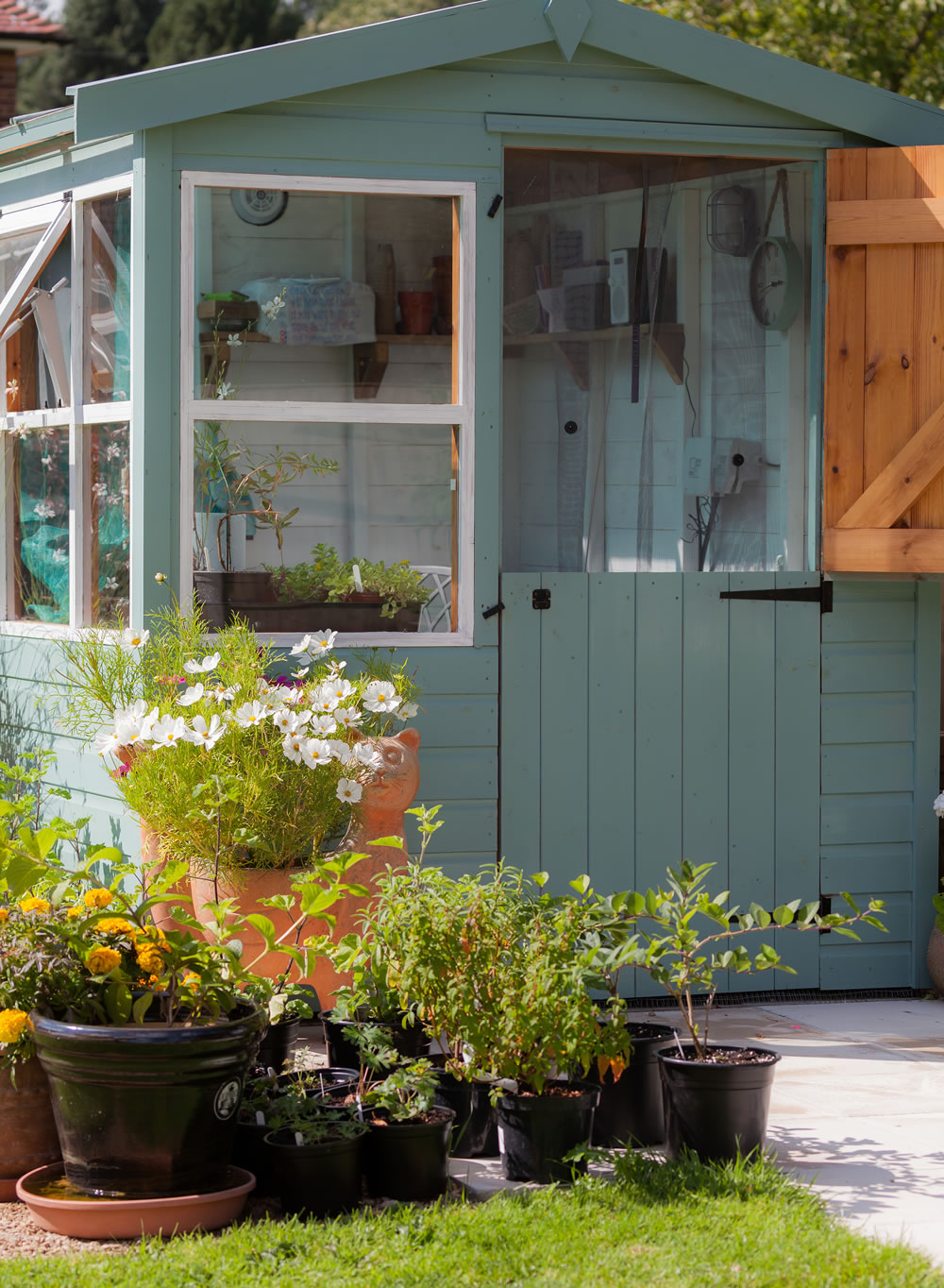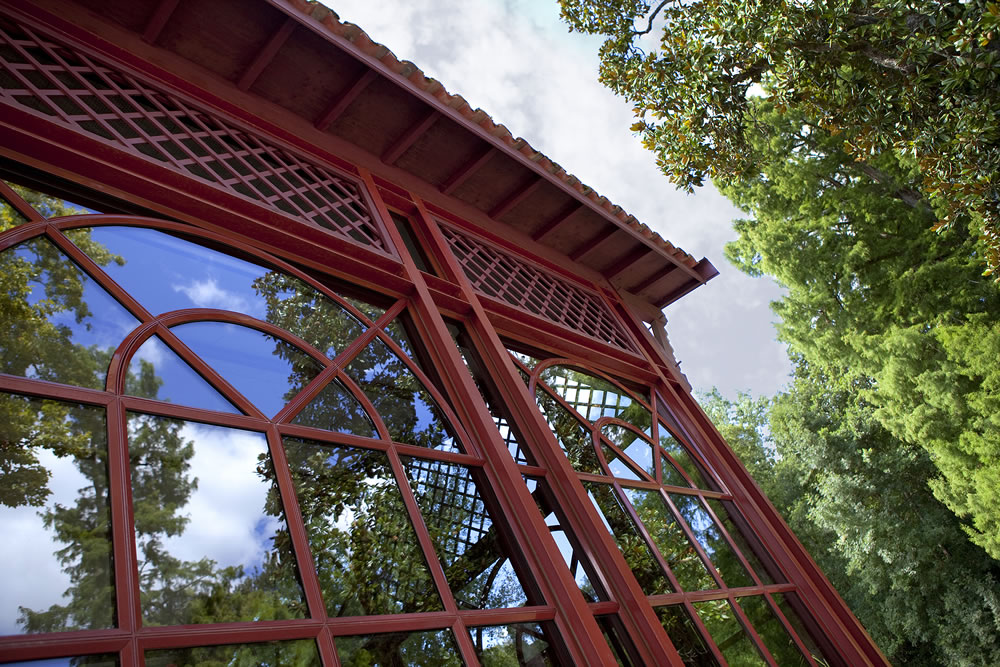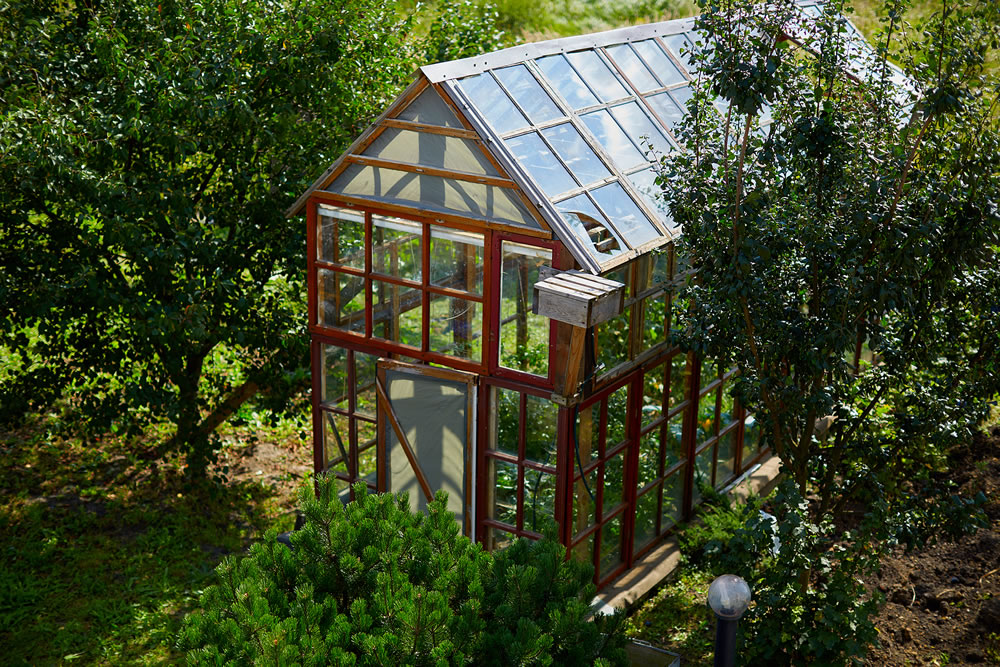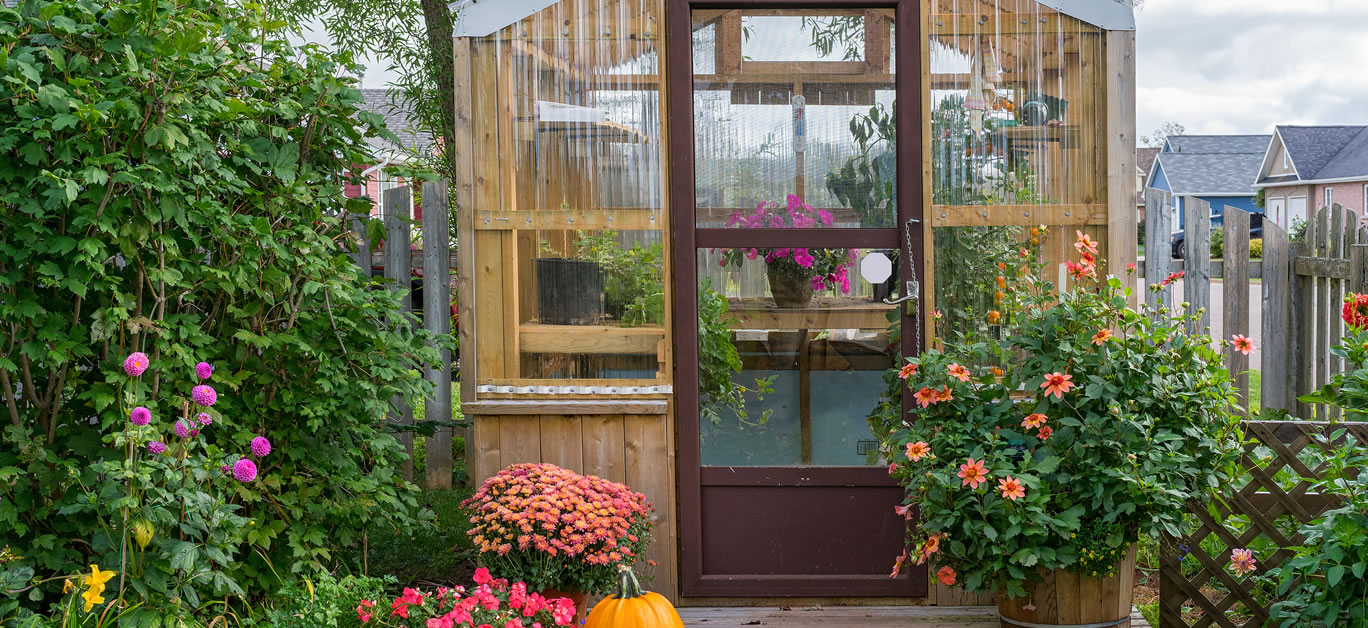If you consider yourself to be green-fingered, and are looking to upgrade your gardening efforts to beyond just the usual beds and pots, it might be time to invest in a luxury greenhouse.
Designed to shield plants and crops from excess heat or cold and unwanted pests, if you’re looking to step things up a notch and continue your favourite pastime year round, a greenhouse will allow you to effectively grow your favourite fruits and vegetables, as well as those flowers that are extra-sensitive to changing weather conditions, whatever the season.
But whilst buying and having one installed might seem like the simplest of processes, there are some important points to consider first to ensure your needs are fully met. Wooden greenhouses offer a great deal of benefits, but you’ll also need to think about the size, pitch and staging.
If that little lot has got you scratching your head, then read on to find out all you need to know.
Why wooden?
In the middle of the last century, wood was the main choice when it came to greehouses, with red cedar a particularly popular option. Today, it remains one of the best materials to go for thanks to its durability and insulating properties, which help to keep the greenhouse warmer in the winter months, whilst keeping it cool in the summer.
Even the cheapest wooden greenhouses are more expensive than aluminium, but as a natural material, they tend to blend more seamlessly into your garden and its surroundings, and are more in-keeping with the overall feel. As with most things, you get what you pay for, too – and it pays to splurge a little more on a wooden frame to ensure the utmost in quality and aesthetic appeal.

Timber, in particular, is naturally durable. Western red cedar, when left to age, can turn an attractive silver-brown colour – although they can be stained any colour you like to match up with other wooden garden features such as sheds and pagodas. Opting for a metal base is a good idea as it’ll prevent the wooden frame from being in contact with the damp ground. And be sure to look for manufacturers that offer a guarantee against rot.
Those that come with low wooden walls are able to keep some of the light out whilst retaining the heat. And, thanks to timber’s attractive appearance and appealing woody smell, it’s very much in-keeping with the overall look and feel of most gardens.
Pressure-treated timber comes with a lengthy guarantee against decay, and the recently introduced ThermoWood, which has had virtually all moisture extracted from it, is warp and crack resistant and does not require annual treatment.
Although metal greenhouses have made a place for themselves in the garden over the years, they simply don’t exude that rustic yet luxurious feel their wooden counterparts do. So, in our book, there is no better choice – the only thing left to ask yourself is, how soon can it arrive?

Choosing the right style for your garden
So, now that you’re settled on a wooden greenhouse, you’ll want to consider style. A traditional, free-standing greenhouse will let in light from all sides, with plenty of room for staging. Generally speaking, they are one of the most practical choices, and thanks to modern styling, elegant curves can make for a luxurious look and feel, whilst also making space for taller plants. Opt for an orangery style construction for the perfect balance between gardening and outdoor leisure, and you won’t be disappointed.
A free-standing circular or lantern shape can also make for a good central feature, and are particularly good choices where space is limited. Conservatory-style greenhouses are another good choice if your space is restricted, but can quickly overheat if they are south facing. They are not suitable for north-facing walls, either – so are often a riskier choice.
Check out the wooden greenhouse range at swgreenhouses.co.uk for some inspiration and to decide which style you like best.
Positioning your wooden greenhouse
When it comes to installing your greenhouse, you’ll want to have the positioning all mapped out. Be sure to avoid placing it where it will fall into shadow from the house or nearby trees, as this will deprive it, and the plants inside it, of much-needed light.
A firm, well-drained and easily accessible site is advisable, in the part of the garden which enjoys the most daily sunlight. Place it in a sheltered position, away from high winds, and as near to a water source and electricity as possible, to ensure maximum functionality.

To lay strong foundations, excavate around the planned perimeter of the greenhouse and dig to a depth of 5-6 inches around the edge. Then, you can fill the bottom with hardcore and stones and flatten with a spade, before covering with either concrete mix or slabs.
If you’re happy to construct your own greenhouse, check out flatpackhouses.co.uk for some easy to assemble designs. If not, you may wish to get the experts to come to you, to do all of the hard work for you.
Heating and ventilation
To remain effective in helping you to maximise your plants and crops, it’s important to regulate the temperature within your greenhouse. Keeping it below 27 degrees Celsius for optimal results, which in summer, requires ventilation. Ensure that there are sufficient roof and side vents in your design – 10 square feet for each 50 square feet of ground area.
Depending on the produce you wish to grow, heating may also be useful in winter. You won’t want the temperature to dip below 7 degrees Celsius.
With the practical considerations out of the way, choosing your luxury greenhouse can be a lot of fun, and with so many modern and stylish designs available to choose from, it can easily become an attractive focal point for your garden. Why not place some chairs outside, and create a comfortable spot to sit for that evening glass of champagne?






















